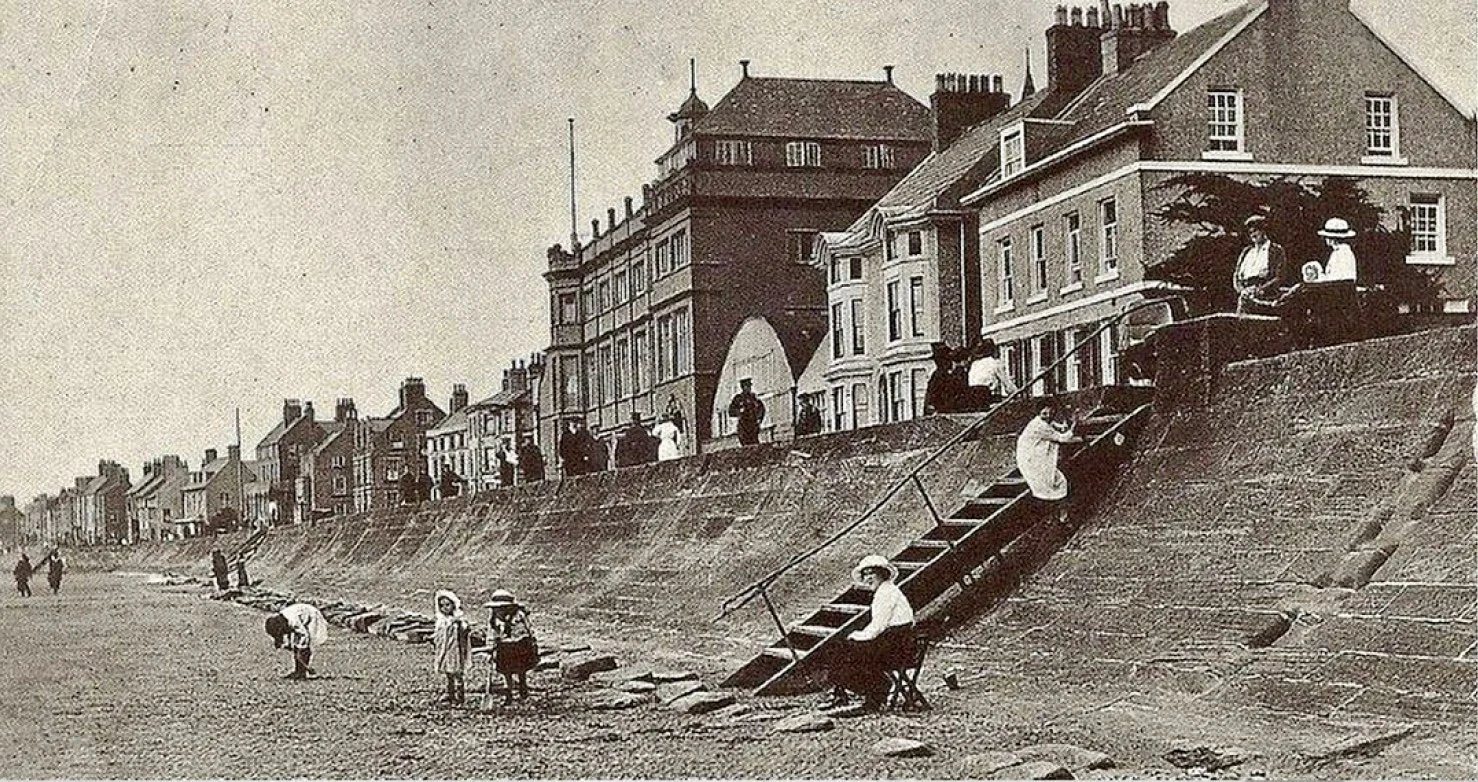Shipping
The Parkgate to Dublin Packet ship Royal Yacht Dorset leaving Dublin, 1788
The sea route to Ireland was of strategic significance for the governance of the nation, and from 1686 to 1815 Parkgate assumed some importance as the designated port for the shipping on this route, carrying important dignitaries and government officials, plus the official mail, to and from Dublin, along with many other ordinary passengers, including numerous Irish labourers coming to seek seasonal work in England. There was also a flourishing trade in livestock. Cattle were imported from Dublin and other Irish ports, and there was also trading on a lesser scale with other countries too. Parkgate was never a really busy port, but for a time the business seems to have been profitable, and many of the significant buildings on The Parade owe their existence to the wealth deriving from the maritime business in this period. During the 18th century there were a number of fine houses belonging to rich merchants and professional people (Pearson 1985, p.15), while in 1857, after a period of decline following the loss of the shipping trade, it was recorded that ‘The place consists mostly of Lodging Houses, which present a long irregular range, forming a side of the street facing the Dee’ (Kelly 1857, p.177).
In the 18th century there was no sea wall or jetty at Parkgate. Boats anchored in the main channel of the river about 100 yards from the shore and passengers and cargo were transferred to and fro by tender. The Irish packet service, in fact, shipping generally, was very much weather dependent and, as now, the prevailing winds were from the west, therefore presenting difficulties for vessels operating from a lee shore. Passengers might have to wait some time for the right conditions for sailing, and the inns both here and in Chester did well from the custom of travellers affected by these delays.
The Middle Slip, Parkgate
Last Updated April 2022


